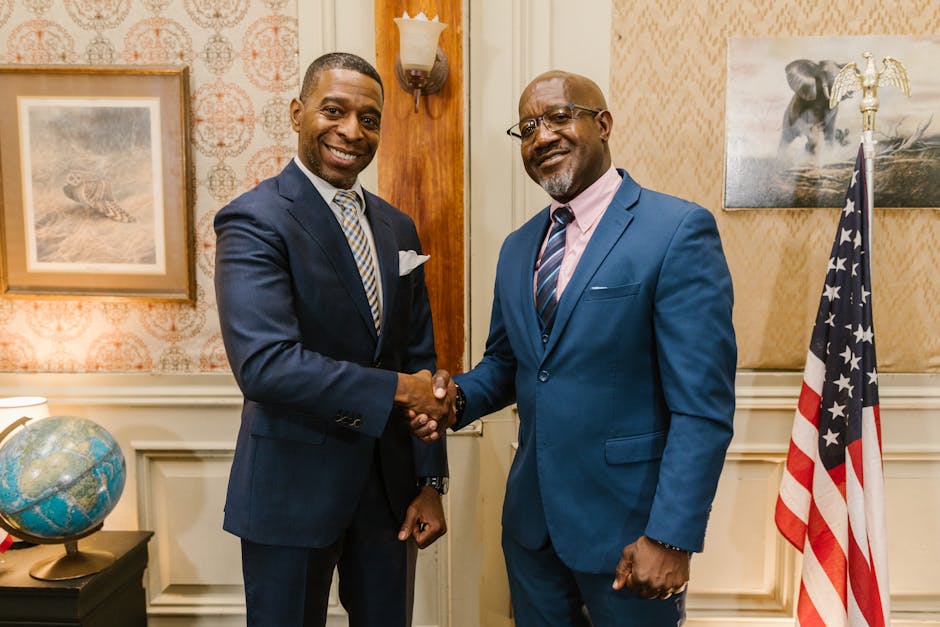The US-Iran Nuclear Deal: A Comprehensive History, Analysis, and Future Outlook
The relationship between the United States and Iran has been fraught with tension for decades, punctuated by periods of intense conflict and fleeting moments of rapprochement. Central to this complex dynamic is the ongoing debate surrounding Iran’s nuclear program and the various attempts to curtail its advancement. This article delves into the history of the Iran nuclear deal, also known as the Joint Comprehensive Plan of Action (JCPOA), analyzing its key provisions, the reasons for its collapse, and the potential pathways for future negotiations.
The Genesis of the JCPOA: Years of Negotiation and International Pressure
Concerns about Iran’s nuclear ambitions began to escalate in the early 2000s. International Atomic Energy Agency (IAEA) reports highlighted Iran’s enrichment of uranium, raising fears that the country was pursuing nuclear weapons capabilities. This led to several rounds of UN Security Council resolutions imposing sanctions on Iran, aimed at pressuring it to halt its enrichment program and cooperate fully with IAEA inspections.

The road to the JCPOA was long and arduous, involving years of intense negotiations between Iran and the P5+1 group – the five permanent members of the UN Security Council (US, UK, France, Russia, China) plus Germany. These negotiations, often marked by setbacks and breakthroughs, aimed to find a balance between addressing international security concerns and preventing a wider conflict in the Middle East.
Key Provisions of the JCPOA
- Curtailment of Enrichment Activities: The deal significantly limited Iran’s uranium enrichment capacity, reducing the number of centrifuges and the level of enrichment allowed.
- Reduction of Plutonium Production: Iran agreed to redesign and convert its plutonium production reactor at Arak, rendering it incapable of producing weapons-grade plutonium.
- Enhanced IAEA Inspections: The JCPOA provided for significantly enhanced IAEA inspections of Iranian nuclear facilities to verify compliance with the agreement’s terms.
- Sanctions Relief: In return for compliance, Iran was promised significant sanctions relief, opening up access to international trade and its frozen assets.
The Collapse of the JCPOA: The Trump Administration and Beyond
The JCPOA, achieved in 2015, was hailed as a significant diplomatic accomplishment, averting a potential military confrontation and offering a pathway to a more peaceful relationship between Iran and the international community. However, the deal’s longevity was short-lived.
In 2018, the Trump administration unilaterally withdrew from the JCPOA, citing concerns about the deal’s sunset clauses, its failure to address Iran’s ballistic missile program, and its support for regional proxies. The US subsequently reimposed and strengthened sanctions against Iran, significantly impacting its economy.
Iran, in response, gradually rolled back its commitments under the JCPOA, exceeding the agreed-upon limits on uranium enrichment. This led to a further escalation of tensions and a near-total breakdown of diplomacy.
The Aftermath of Withdrawal: Escalating Tensions and Regional Instability
The US withdrawal from the JCPOA had far-reaching consequences, contributing to increased regional instability and heightened concerns about the proliferation of nuclear weapons. Iran’s actions to expand its nuclear program raised alarm bells among international actors.
The lack of a comprehensive diplomatic framework contributed to increased tensions in the region, leading to several near-misses and escalatory events. The assassination of Iranian General Qassem Soleimani in 2020 further heightened the tensions and underscored the risks of miscalculation and military conflict.
The Path Forward: Reviving the JCPOA or Seeking Alternative Solutions?
The question of how to address Iran’s nuclear program remains a major challenge for the international community. Efforts to revive the JCPOA, or find an alternative diplomatic solution, continue, albeit with significant hurdles.
The Biden administration has expressed a willingness to return to the JCPOA, but insists that Iran must first return to full compliance with the agreement’s terms. Negotiations have been ongoing, but significant differences remain, particularly regarding the scope of sanctions relief and the timeline for Iran’s return to compliance.
Challenges and Obstacles to a New Agreement
- Lack of Trust: The breakdown of trust between Iran and the US, following the Trump administration’s withdrawal, is a major obstacle to reviving the JCPOA.
- Regional Dynamics: The complex geopolitical landscape in the Middle East, involving regional rivals and competing interests, complicates the efforts to reach a lasting agreement.
- Internal Political Considerations: Both in Iran and the US, domestic political considerations and differing viewpoints on the best approach to dealing with Iran present challenges to reaching a consensus.
- Verification Mechanisms: Ensuring effective verification of Iran’s compliance with any future agreement remains a crucial aspect of any successful outcome.
Conclusion: The Enduring Importance of Diplomacy and International Cooperation
The US-Iran nuclear issue is a complex and multifaceted challenge that requires careful consideration of various factors. The JCPOA, despite its ultimate failure to achieve long-term stability, provided a valuable framework that can inform future diplomatic efforts. A renewed commitment to diplomacy and international cooperation, coupled with robust verification mechanisms, is essential to addressing the risks posed by Iran’s nuclear program and promoting regional stability.

The future of the US-Iran relationship hinges on finding a sustainable solution that addresses both international security concerns and Iran’s legitimate economic and energy needs. This will necessitate a pragmatic approach that acknowledges the complexities of the situation and builds upon the lessons learned from the JCPOA’s successes and failures.
Ultimately, the path to a peaceful resolution requires a sustained commitment to dialogue, a willingness to compromise, and a recognition that international cooperation is crucial to addressing this global challenge.


